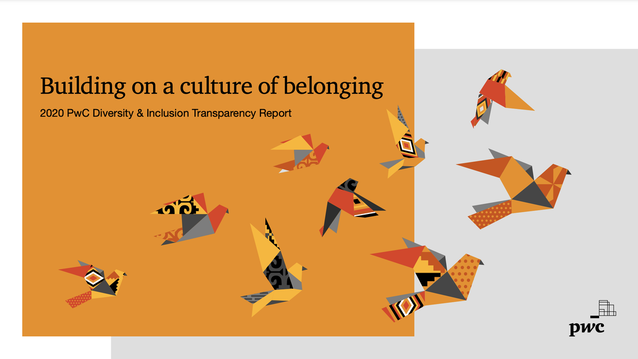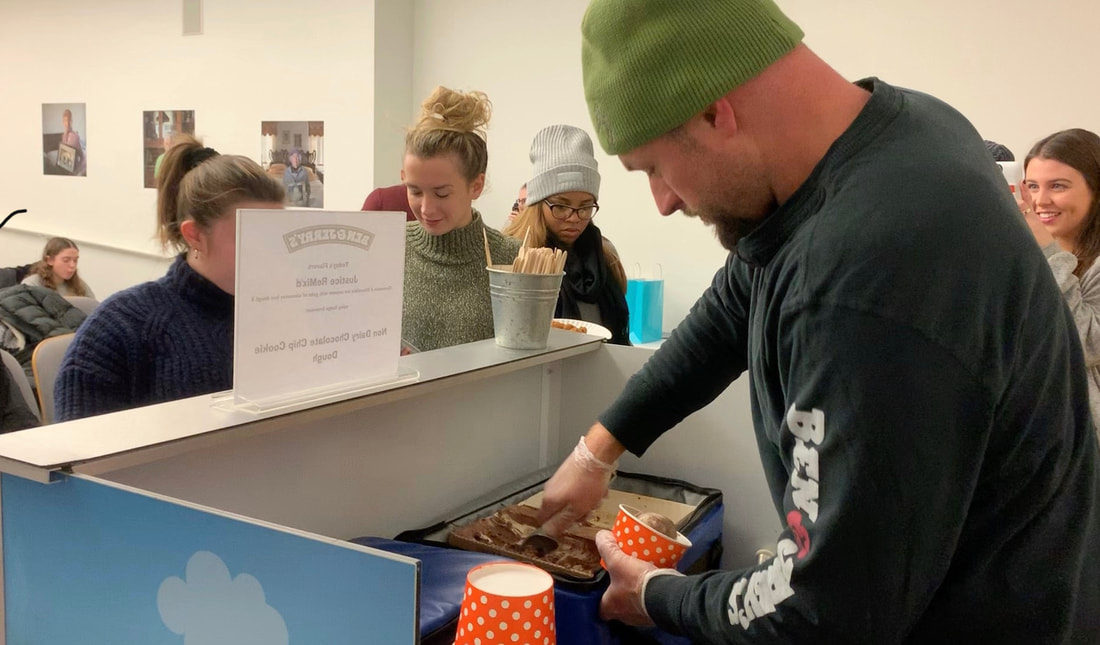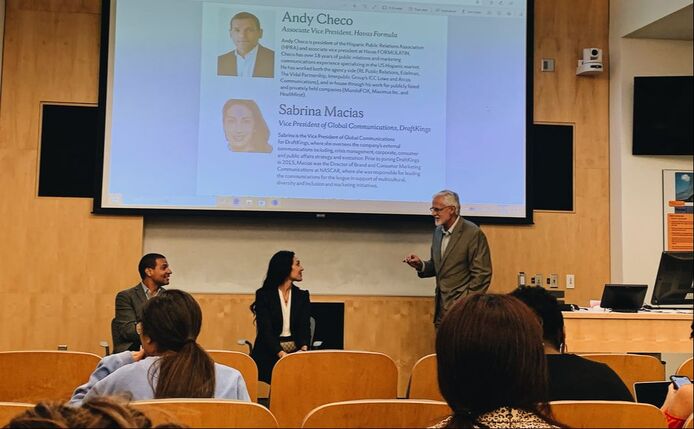Reputation, though intangible and illusive, is one of the most important and impactful qualities that a brand can build and protect. In “Rethinking Reputation: How PR Trumps Marketing and Advertising in the New Media World,” Fraser P. Seitel and John Doorley use case studies to explore some of the dos and don’ts of reputation management, as well as explain why public relations is the most effective tool for individuals and organizations to utilize.
What sets public relations apart from its other communications counterparts like marketing and advertising is its ability to garner earned media, which provides an inherent credibility that the other two lack. Though owned and paid media allow for complete control of the brand message, the risk in relinquishing some of that control with earned media pays off in credibility, since when a respected source says something positive about a brand, it is exponentially more valuable than when that brand says it about themselves.
The relationship between public relations practitioners and journalists has been a cornerstone in the PR profession essentially since its inception. Despite the countless new communications avenues that continue to arise with advancements in technology, for the future of the profession, it is crucial that those relationships are properly maintained. From the practitioner’s end, this means identifying media contacts who can meet their own goals through assisting yours, as well as providing those contacts with the information and context they need to tell your story accurately and effectively.
Even though the nature of reputation prohibits communicators from being in complete control of the narrative surrounding their brand, this does not mean they are free from accountability for that reputation. Public relations practitioners are tasked with the role of creating moments that authentically reflect the brand’s purpose and will also spark interest for earned media. Whether on the heels of campaigns, events or other initiatives, earned media can be viewed as a parallel channel that amplifies internal efforts with a voice of increased credibility.
The gold standard toward which PR professionals should strive is for public perception and conversation to mirror the way a brand sees itself. This relies on outside perspectives, like those of journalists, to participate in conversations, but it also requires practitioners to communicate honestly and openly, giving publics a look into the brand’s reality through the objective eyes of earned media. “Rethinking Reputation” makes the argument for public relations professionals to use credibility to their advantage, and while a lot has changed in the last decade of the communications industry, the necessity and power of earned media has never wavered.




